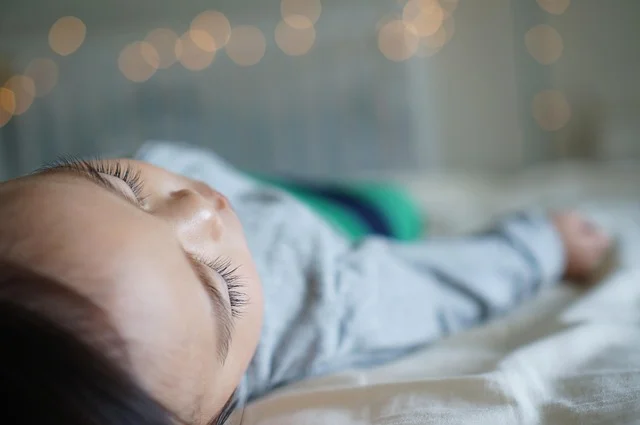Treating Torticollis Should Start Early
Introduction
Torticollis is an often undiagnosed or minimized condition in children. On one hand it is self-limiting in more cases than it is not. However, even if we consider that many babies will see a reduction in their tightness there are a number of conditions that it can spark. The American Academy of Pediatrics even states neck asymmetry should be assessed at 2 months. If it should be assessed at 2 months that’s the latest it should be addressed.
The cascade of issues torticollis causes can lead to further intervention, longer intervention, and even medication use. Some of the things I treat that have underlying torticollis, or tightness of the neck muscles, are:
- Feeding challenges (breast and bottle)
- Reflux
- Difficulty sleeping on their back
- Plagiocephaly or flattening of the head
- Discomfort in tummy time
Support Turning To The Other Side
The number one way to get a baby to turn to the other side is with something of interest. In most research, a toy is used to gather interest and keep it while supporting turning to the opposite side. When we make the turning their idea a baby is much more likely to stay in position as well.
Another trick can be to utilize their visual gaze by turning slowly in a circle. This supports their response to turn to one side. To support them turning to the left you turn right. For them to turn right you spin to your left. This causes most babies to look in the direction opposite of preference.
By utilizing their reflexes and making it their idea their ability to move in a way that relaxes their tension and allows better movement to occur. With this as a primary intervention to support movement babies don’t fight and cry to turn in the direction they need support.
Modify Where You Are During The Day
Changing the locations they are placed over a 24-hour period can help. A big change can occur by turning your baby 180 degrees during a diaper change. This can support their turning toward their interest (usually a parent). Another big change is moving the bassinet to the other side of the bed. Many babies will turn toward their parents especially if they are breastfeeding.
By inspecting if there is a consistent person or thing they look towards making simple modifications can go a long way. Small changes can make a big impact as they add up throughout the day.
Adapt Holding Positions
Creative holding positions can go a long way in treating torticollis. This can be chest to chest, back to chest, in various carriers, or shifting them to the other shoulder. This disrupts the environment that contributes to torticollis.
Like modifying where they are during the day this benefit is cumulative. The goal is to find a position that supports turning the direction away from their tightness.
Most importantly it should be a position of minimal discomfort and not cause your child distress. Distress will cause them to activate the tight muscles and continue the tightness. This can cause a cycle of increasing tension worsening the torticollis
Limit Static Positions
Static positions contribute to tightness. It is also why they prefer to stay in one position as the tightness starts to feel good. Stretch then feels uncomfortable and babies begin to avoid it. When a baby with tightness does not have a reason to move they tend to stay tight in one spot.
In treating torticollis it is important to support different positions both supported and unsupported. This helps a baby relax and their tightness reduce. It is common to have babies with tension to appear relaxed when multiple areas are still tense.
Babies who are able to relax will move their heads, arms, and legs more. This not only supports the reduction of their neck tightness and torticollis but also supports their overall development. By limiting static positions you support their development and ability to do more.
Movement Should Be Consensual
Research on torticollis historically suggested it was self-limiting. This means that it will go away in time. However, more recent studies that utilize supported movements instead of forced movements show a more rapid resolution of the tightness. Additionally treating torticollis has become more important as babies have been encouraged to sleep on their backs for safety.
Back is best has correlated with a rise in plagiocephaly or flat spots that can result in the need for a helmet or PT. Furthermore, research shows that physical therapy is as effective as flat spot pillows and is safer due to no items being in the sleep area of the child. We want to keep babies happy and safe while they are given the opportunity to thrive.
Interventions should not go through tears

